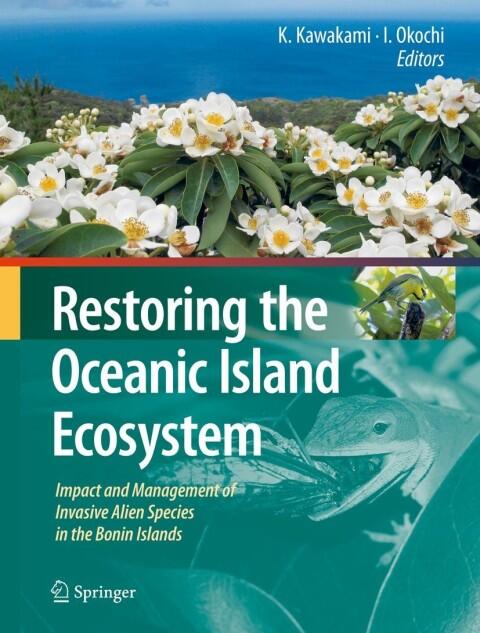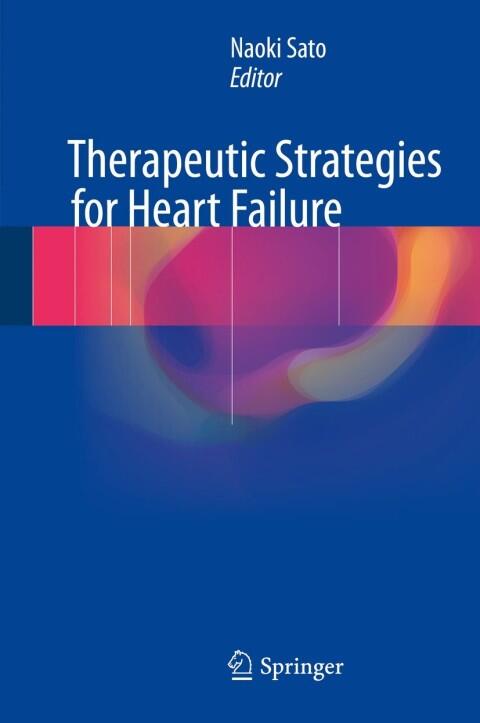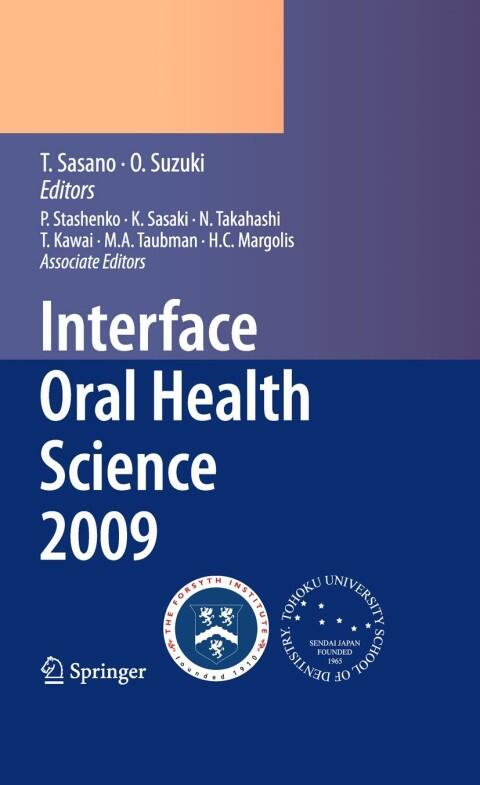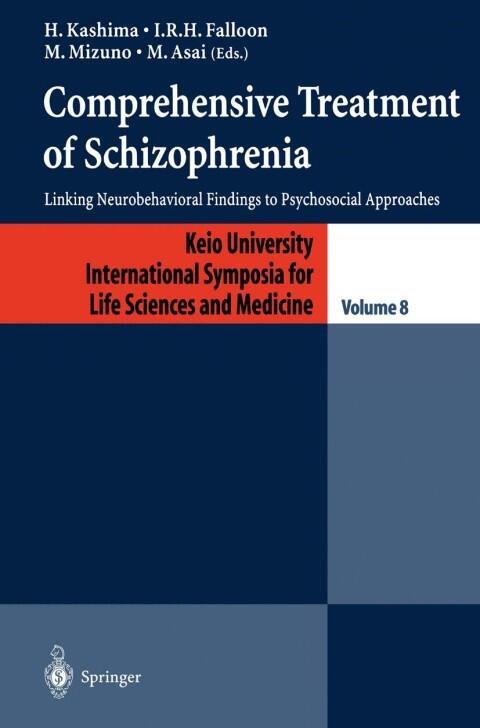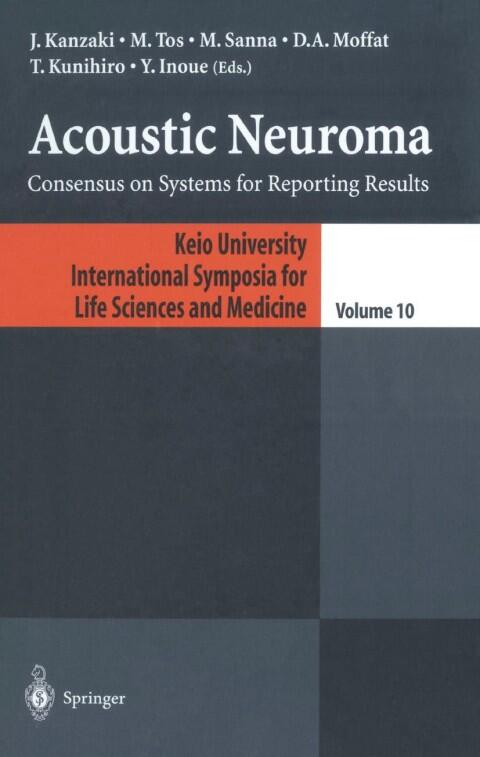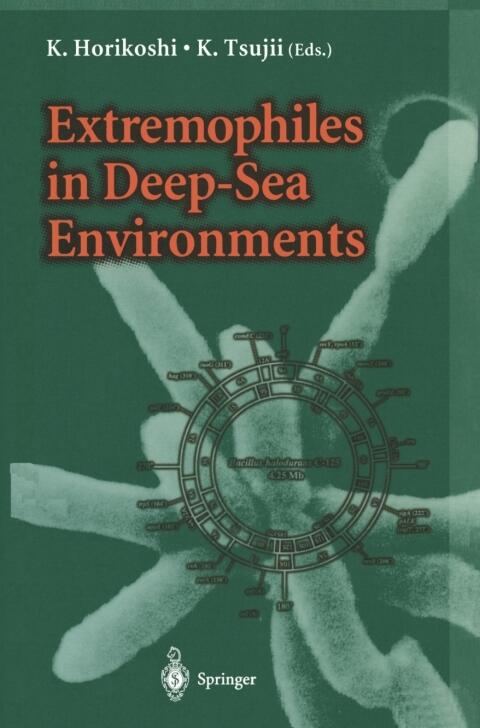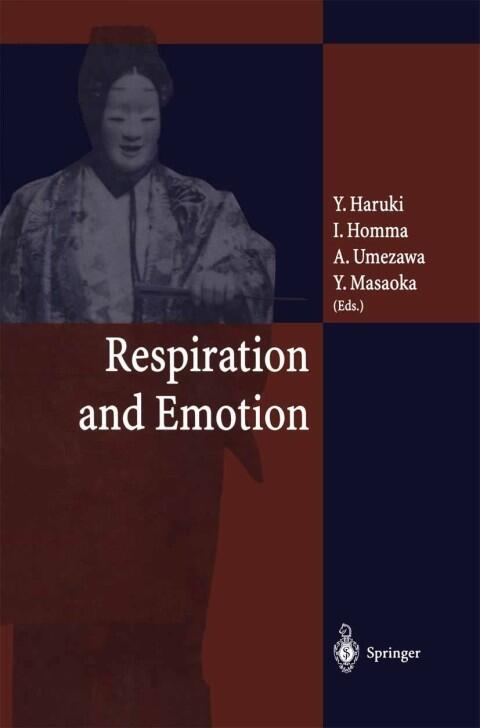
Respiration and Emotion
작성자
Y. Haruki; I. Homma; A. Umezawa
아직 평점이 없습니다
Health & Wellness
형식
킨들
페이지
186
언어
일본어
출판됨
Jan 1, 2011
출판사
Springer
판
2001
ISBN-10
4431679014
ISBN-13
9784431679011
설명
Exploring the intricate relationship between breathing and emotions, this work delves into the subtle yet profound ways in which respiratory patterns reflect our inner states. The authors, Y. Haruki, I. Homma, and A. Umezawa, bring together diverse insights from psychology, physiology, and neuroscience to examine how our breath can convey a range of feelings, from joy and relief to anxiety and sorrow.
Through a compelling narrative, the authors illustrate how gasps, sighs, and yawns serve as both instinctive responses to emotional stimuli and as communicative tools in social interactions. They argue that breathing, often taken for granted, can be an observable index of one's emotional landscape. The book presents a blend of empirical research and anecdotal evidence, making complex scientific concepts accessible to a broader audience.
Alongside this exploration, the authors also discuss practical implications, suggesting that awareness of one’s breath can lead to greater emotional regulation. They provide insights into breathing techniques that can enhance well-being and emotional stability, empowering readers to harness the power of their breath for a more harmonious life.
Richly detailed and thoughtfully articulated, this exploration opens a new avenue for understanding the mind-body connection, highlighting how something as fundamental as respiration can shape human experience and interpersonal relationships. Each chapter invites reflection on how the rhythm of our breath intertwines with our feelings, offering readers a fresh perspective on both self-awareness and emotional expression.
Through a compelling narrative, the authors illustrate how gasps, sighs, and yawns serve as both instinctive responses to emotional stimuli and as communicative tools in social interactions. They argue that breathing, often taken for granted, can be an observable index of one's emotional landscape. The book presents a blend of empirical research and anecdotal evidence, making complex scientific concepts accessible to a broader audience.
Alongside this exploration, the authors also discuss practical implications, suggesting that awareness of one’s breath can lead to greater emotional regulation. They provide insights into breathing techniques that can enhance well-being and emotional stability, empowering readers to harness the power of their breath for a more harmonious life.
Richly detailed and thoughtfully articulated, this exploration opens a new avenue for understanding the mind-body connection, highlighting how something as fundamental as respiration can shape human experience and interpersonal relationships. Each chapter invites reflection on how the rhythm of our breath intertwines with our feelings, offering readers a fresh perspective on both self-awareness and emotional expression.
